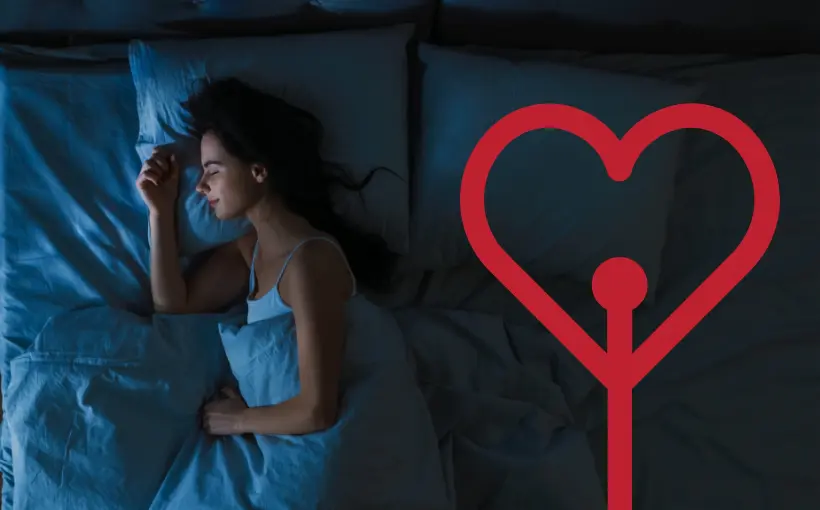Services
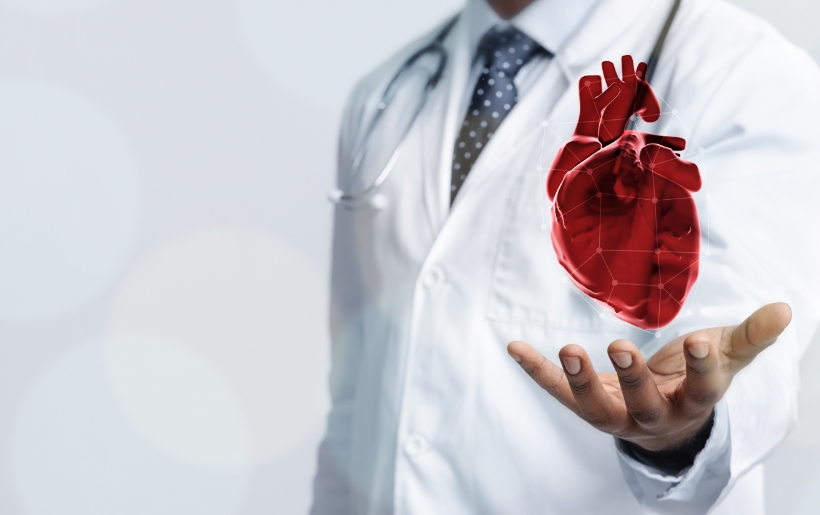
Consultations
The initial consultation can either be face to face or virtually via video link. During the consultation I will aim to understand what your problems are and discuss your goals, whether that is simply to feel better or get back to your favourite activity. Together we will develop a plan in order to get to the bottom of things and progress towards your goals. I am also able to review any investigations that you may have already had which might be helpful in understanding what the specific problem is and planning any treatments.
Follow up consultations can be either face to face, virtual or via telephone. These are used to give feedback following investigations, plan the next stages of treatment or assess the effects of treatments.
Locations
Spire Fylde Coast Hospital
St Walburgas Road
Blackpool
Lancashire
FY3 8BP
Clinic times: Tuesday pm
Spire Manchester Hospital
170 Barlow Moor Road
Didsbury
Manchester
M20 2AF (For sat nav, please use postcode M20 2ZA)
Clinic times: Wednesday pm
Consultation (New patient)
A new patient consultation lasts up to 40 minutes and can be face-to-face, by video call, or by telephone.
Consultation (Review)
A review consultation lasts up to 20 minutes and can be face to face, via video or telephone.
Investigations
I can arrange a comprehensive range of cardiac investigations which are tailored to the individual patient as necessary. Some of the investigations are detailed below.
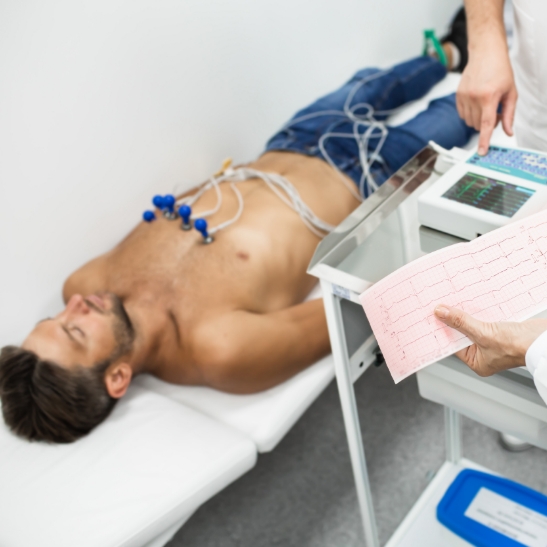
12 Lead ECG
Read more
A 12 lead ECG involves attaching a number of stickers to the chest, arms and legs. This allows a detailed electrical analysis at that point in time and can give information such as heart rate and rhythm, evidence of any heart blocks as well as pointers towards potentially structural problems with the heart.
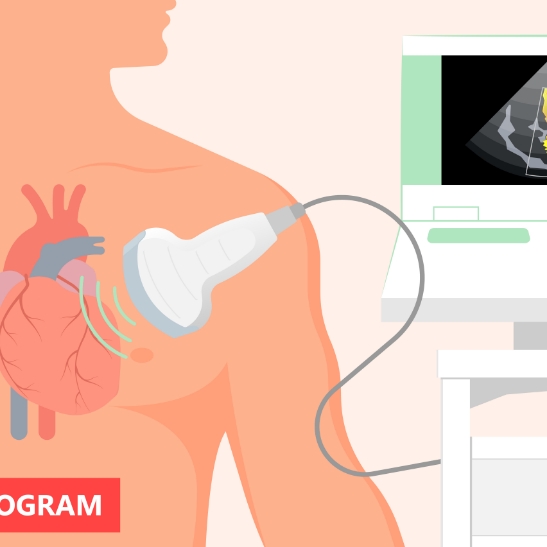
Echocardiogram
Read more
This is an ultrasound assessment of the heart and involves “looking at the heart” with an ultrasound probe and some jelly, in the same way as baby scans are performed. This gives very useful information regarding the structure and function of the heart, including sizes of the heart chambers, how the valves are working and evidence of increased pressures within the heart.
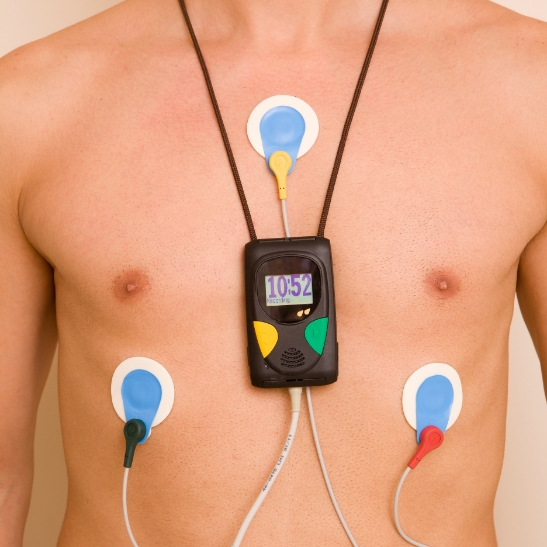
Prolonged ECG monitoring
Read more
This is useful to assess what the heart rate and rhythm is doing over a period of time – from 24 hours to 14 days. This involves wearing a monitor (more modern monitors usually involve a patch attached to the chest rather than lots of leads and stickers) as an outpatient allowing you to undertake normal activities so I can see how the heart reacts and what it is doing at the time of any symptoms.
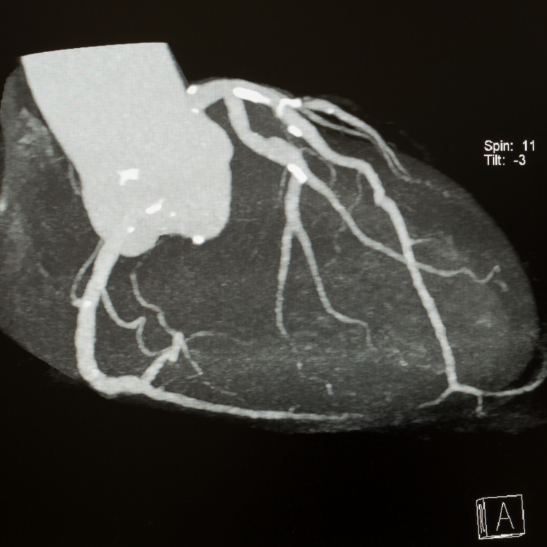
CT coronary angiogram
Read more
This uses X rays to provide information regarding the coronary arteries, and can identify calcium build up (hardening of the arteries) as well as any narrowings or blockages. This can be a very useful alternative to a conventional coronary angiogram.
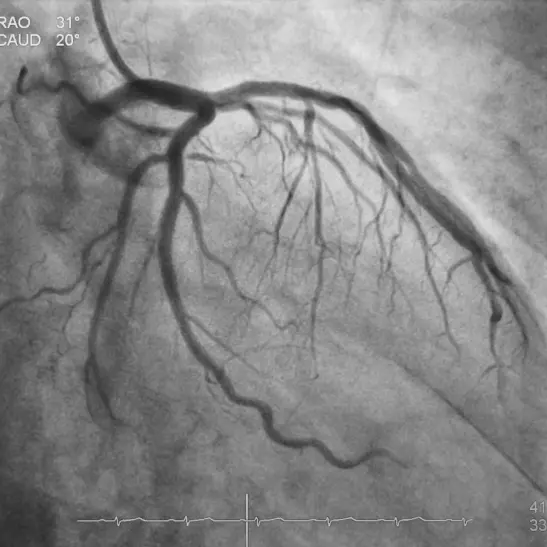
Conventional coronary angiogram
Read more
This involves advancing a small tube (catheter) via one of the arteries (usually at the wrist) using local anaesthetic. X ray contrast (dye) is then injected, and X rays used to evaluate any narrowings or blockages in the arteries supplying the heart with blood.
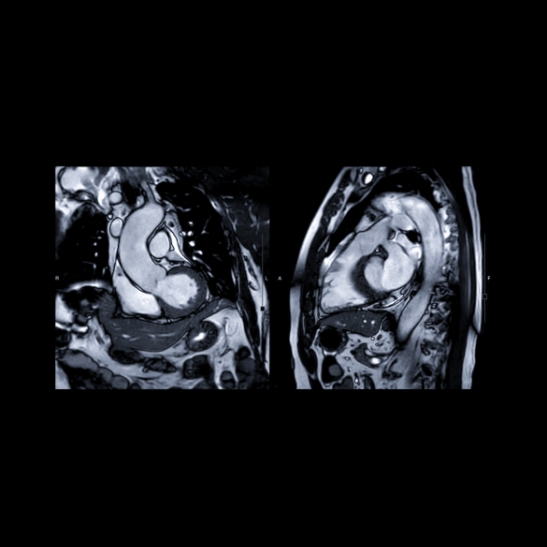
Cardiac MRI
Read more
This type of scan uses magnets to give a very detailed picture of the heart muscle and is particularly useful in some instances such as identifying areas of scarring, or any heart muscle disorders.
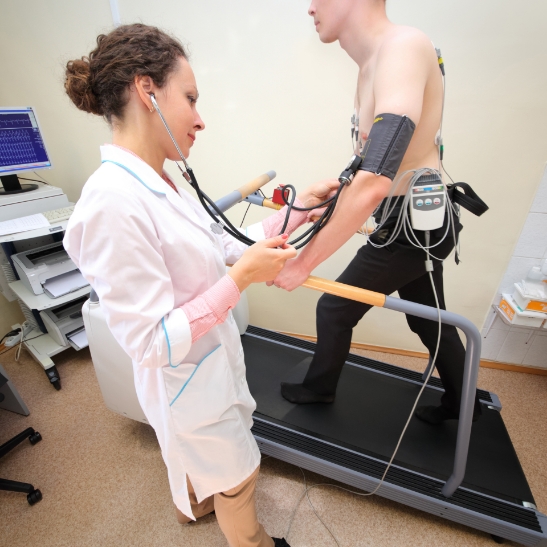
Exercise ECG
Read more
This involves evaluating the ECG when exercising, usually on a treadmill. This can give useful information as to how the heart is responding to exercise including any changes in rhythm or strain.
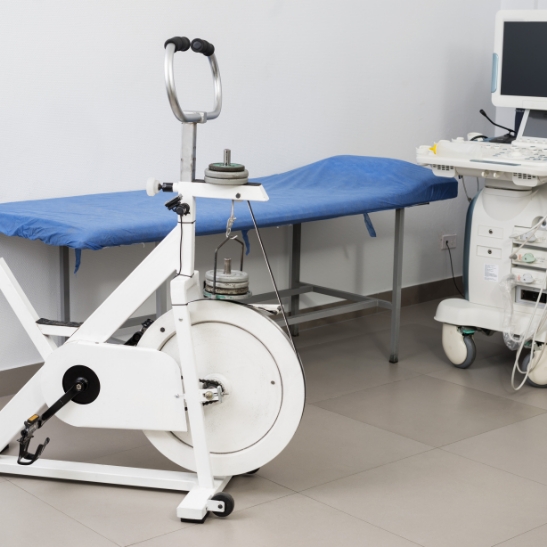
Exercise/Stress Echo
Read more
This involves stressing the heart using exercise (usually an exercise bike) or medication to increase the heart rate and then evaluating the heart using ultrasound to look for any changes in how the heart is working.
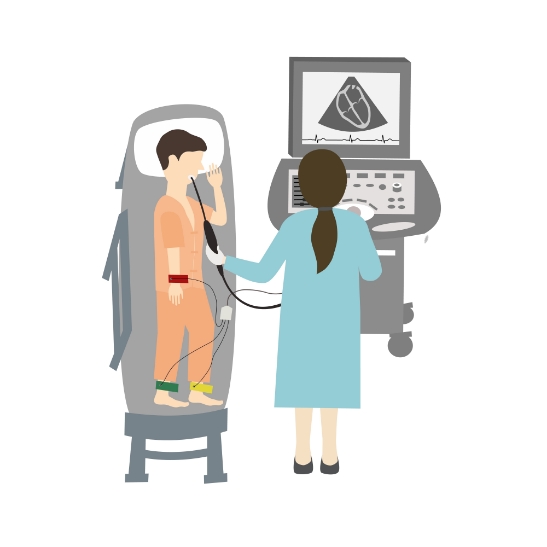
Transoesophageal echo
Read more
The patient swallows a thin tube which allows ultrasound pictures of the heart from the oesophagus (gullet) which is behind the heart. This has an advantage over normal echo in that the ribs are not in the way. This allows very detailed assessment of structural problems such as problems with heart valves and can help with specific treatment planning such as valve repair operations.

Sleep study
Read more
This involves monitoring the heart and breathing whilst asleep to look for any evidence of sleep apnoea which can be related to several heart problems.
Treatments
Medications
Many conditions can be treated with medications sometimes alone or in conjunction with other treatments.
Ablation treatments
Ablation treatments are designed to treat abnormal heart rhythms by burning or blocking abnormal pathways or signals within the heart. Ablations can vary significantly depending on the underlying problem being treated. I ensure that any planned ablation treatment is individually tailored to the patient with the aim of achieving the best outcomes
AF (AFib/Atrial Fibrillation) ablation
discussed, and a personalised treatment plan proposed, as not all patients may stand to benefit from the same approach. AF ablations can be performed under general anaesthetic or with local anaesthetic and sedation
Whilst treating all types of abnormal heart rhythm, I specialise in the treatment of atrial fibrillation. I use some of the latest technologies available aiming to give patients the best outcomes.
Some of the options for AF ablation are as follows:
3D mapping
This involves creating a 3D computerised model of the heart and aims to identify the areas that need treating. I use some of the latest high definition mapping systems which aim to give the best outcomes due to being incredibly detailed.
Laser ablation
This involves inflating a balloon within the veins causing AF. The balloon is adjustable in size to fit all shapes and sizes of veins and has a tiny camera within in which allows me to be very specific with the treatment as I can see the veins directly. This is designed to give better first time outcomes from AF ablation.
Now regarded as an expert in laser ablation for AF, I have presented on the subject at several international meetings and hosting an international symposium at Spire Hospital Manchester in February 2020. I have trained consultants from the UK and around the world in laser ablation, and have one of the most extensive experiences in the world in using this technology having treated over 700 patients.
Ablation of SVT (supraventricular tachycardia)
SVTs are usually as a result of an extra pathway or connection between the top and bottom chambers which can cause fast heart rhythms. These can be identified and treated using a number of thin wires (catheters) that are positioned in the heart through the vein at the top of the leg. This is done usually under local anaesthetic, and it allows a detailed electrical assessment of the heart and treatment to get rid of the abnormal connection using radiofrequency energy ablation.
Ablation of other conditions
Other conditions can also be treated effectively with ablation. These include atrial flutter, ventricular tachycardia (VT) and some ectopics.
Athletes
I have a specialist interest in sports cardiology and have treated many athletes with arrhythmias including amateur and professional aiming to allow them to continue to perform optimally at their chosen sport. As a keen sportsman I understand the importance of ensuring that any treatment offered is not detrimental to performance and can advise on appropriate rehabilitation back into training post procedure.

